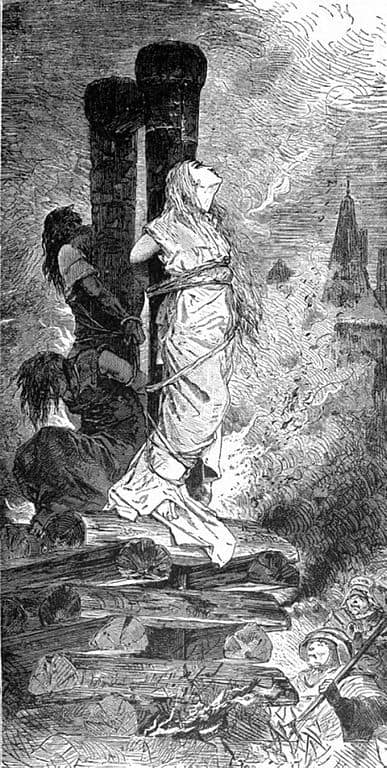The European Witch-Craze spanned over centuries during the early modern period, resulting in the deaths of thousands across Europe. Most were coerced into “confession” by torture and other means of extracting a “confession” of being a witch and committing maleficium. During this time the actual religion known as Wicca wasn’t prominent or discovered during this time period, but rather documents were found of witchcraft being an actual religion around the 18th century. During this period of the witch craze from about the 15th century to the early 18th century, Trials and executions were held in Europe in its entirety, including a few witch hunts in the New World after its discovery and settlement.
Some of the most famous trials in the witch craze period were the North Berwick Trials in Scotland of 1590, and in the New World, the Salem Witch Trials of 1692. The witch craze in Europe was significantly different than the witch-hunts in America, resulting in the most famous of witch trials. Even though Europe executed thousands of men and women during this time, Europe viewed the trials in America as one of the biggest execution trials ever held and frowned upon it. Why was the European Witch Craze largely different than the American Witch Craze, when the only difference was they were held across separate parts of the world? What made the American Witch Craze more severe in certain cases rather than the European Witch Craze?

What started the Witch Craze?
During the beginning of the witch craze in Europe, it was mainly created by the Reformation and changing from the Medieval Ages to the Renaissance period. The Christian church at this point was corrupt, specifically Catholicism. The kingdom of Scotland was Protestant under the rule of King James VI, who became King James I of England when Queen Elizabeth I passed away. King James was a man who did not tolerate the accusations of Witchcraft. He wrote his own book on witchcraft which he aptly named Daemonologie, and passed the Witchcraft Act of 1563 in Scotland. King James had his own personal accounts with witchcraft and maleficium that led to the North Berwick Trials.
King James with his personal reasons for examining witchcraft used torture during his reign in order to gain confessions from his subjects of practicing witchcraft and maleficium. His most notable torture technique was “swimming” a witch. This method included tying the accused hands and feet behind them, tossing them into “holy water” which was usually a lake or small pond. If the accused floated, they were considered “holy” and were innocent. If the accused sunk, they were labeled a witch.
King James would send out his men to find such women in England and Scotland, to take them out by having them burnt at the stake in Scotland, but not in England since they did not burn witches. These women were prosecuted, and then tried but most always were convicted. With eye-witness accounts, these women were further convicted, and not able to appeal their sentence.

When another person saw the other accused of practicing witchcraft actually performing the deed the sentence was carried out, the women were not given a chance to defend themselves. The Pope even acknowledged these actions to get rid of the witches in England and Scotland during King James’ reign. These accusations of witches were very popular during the height of the witch hunts, and many women who fit this profile lost their lives due to the accusations and the constant fear of King James and his experience with witchcraft and maleficium.
Approximately a century later in the New World, the same issue arises in the 1690s. In 1692, the town of Salem, Massachusetts experienced the biggest witch craze in American history. The trials were known as the Salem Witch Trials. There was not one town of Salem, but rather Salem Town and Salem Village. Salem Town was very elite and high ranking in American society with Puritan beliefs, which is a sub-religion of Protestantism. England at the time was the highest witchcraft hunted area and was accusing the most witches second to the Salem Witch Trials of 1692.

